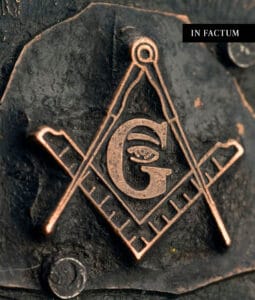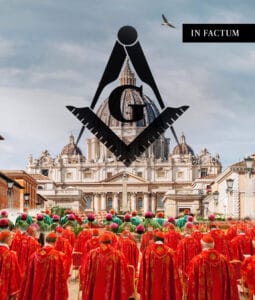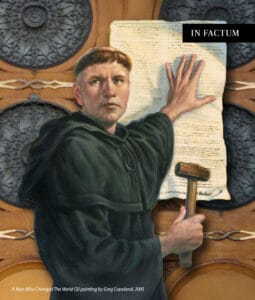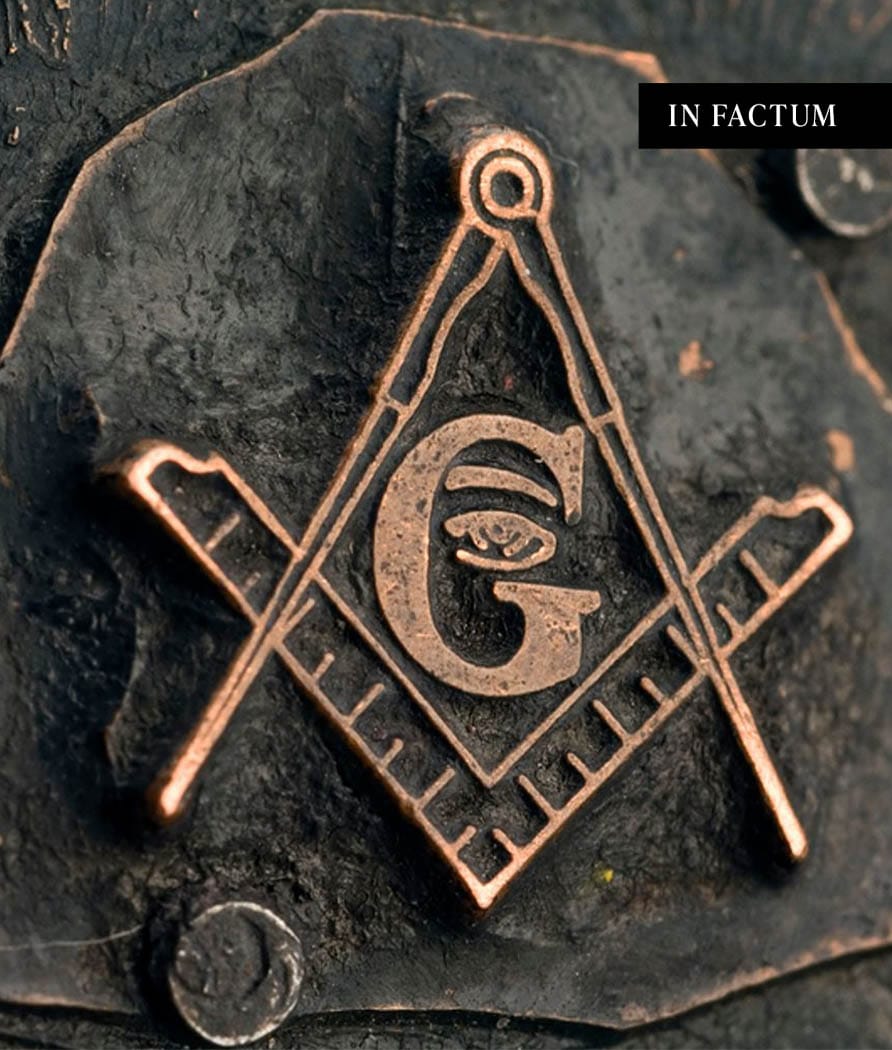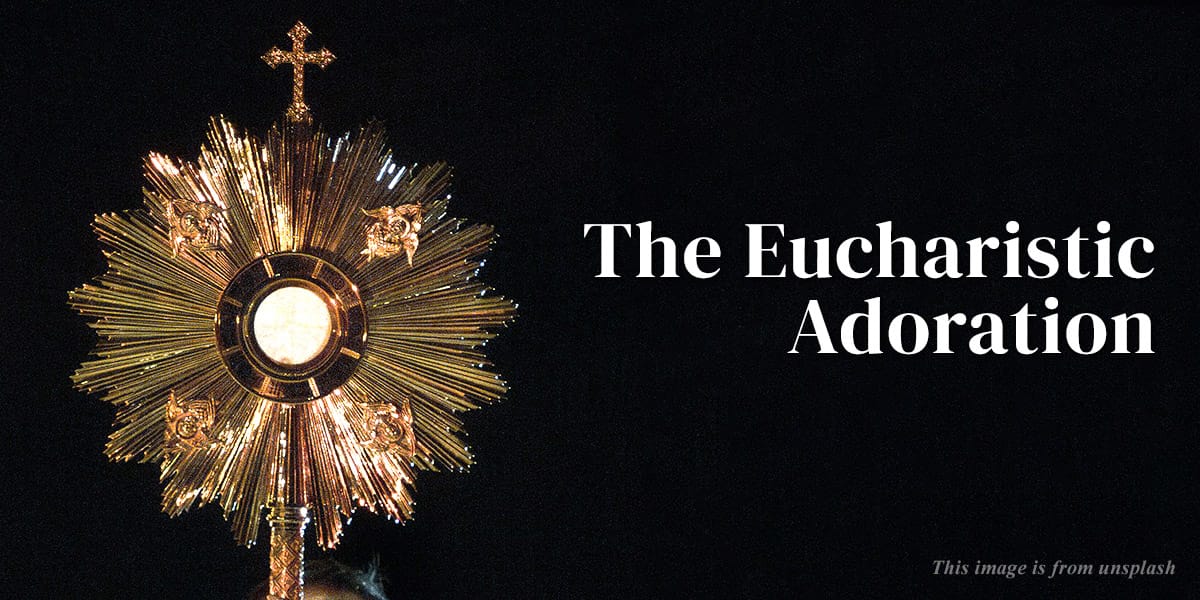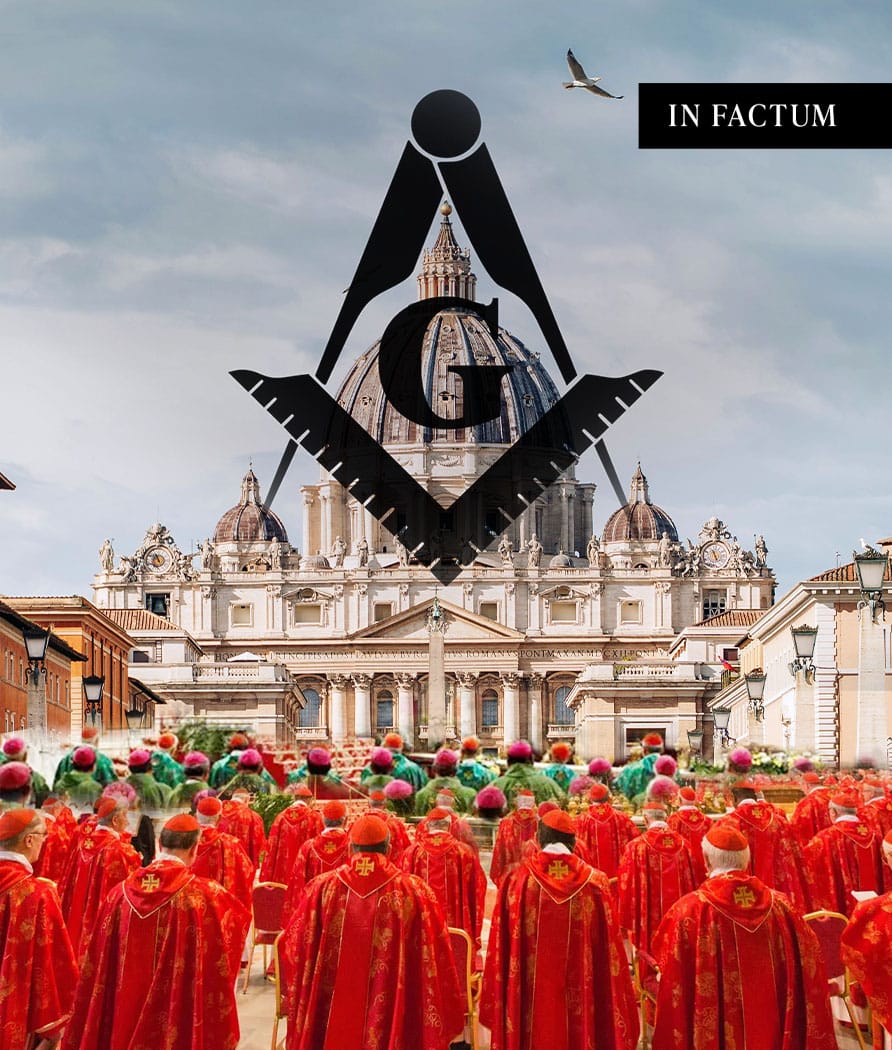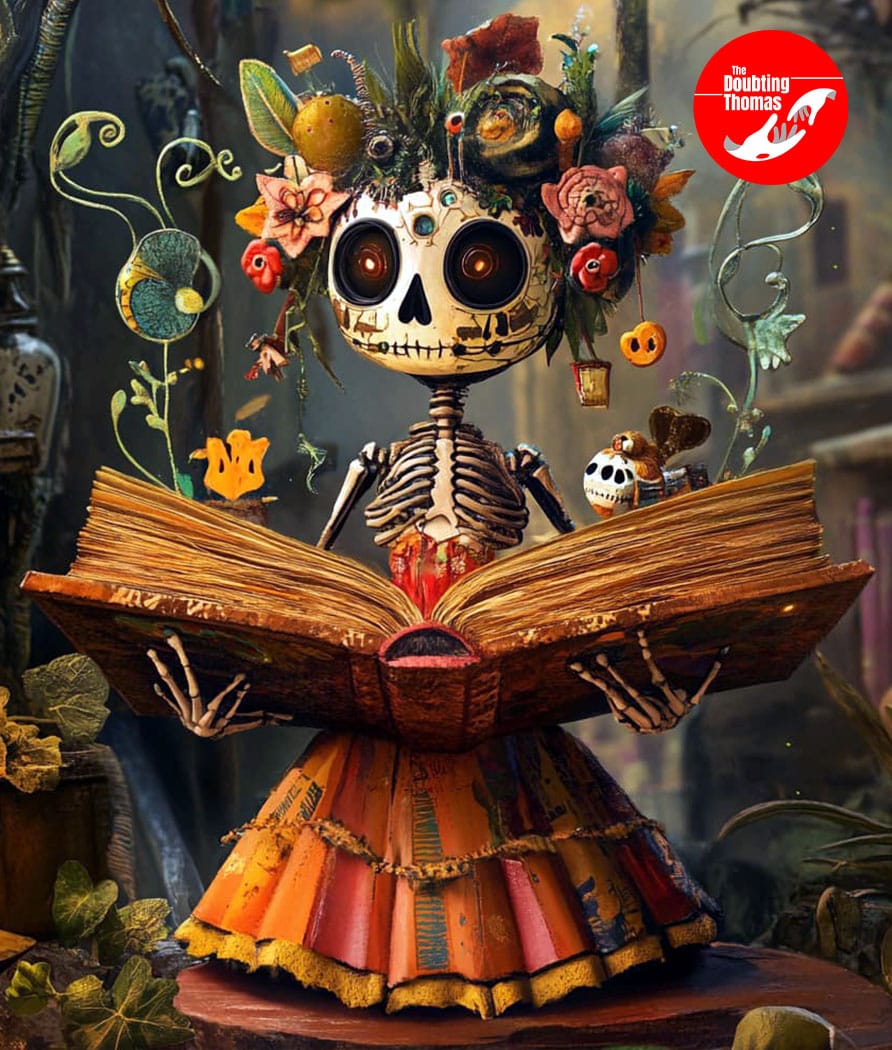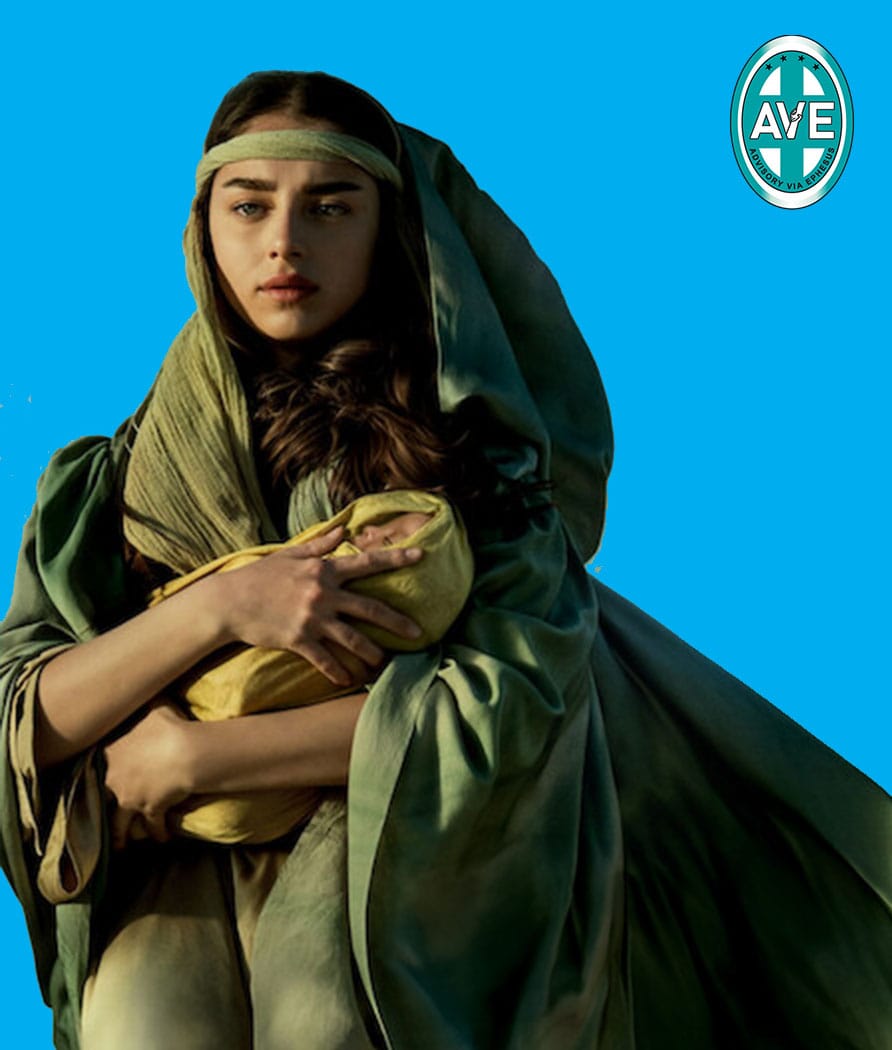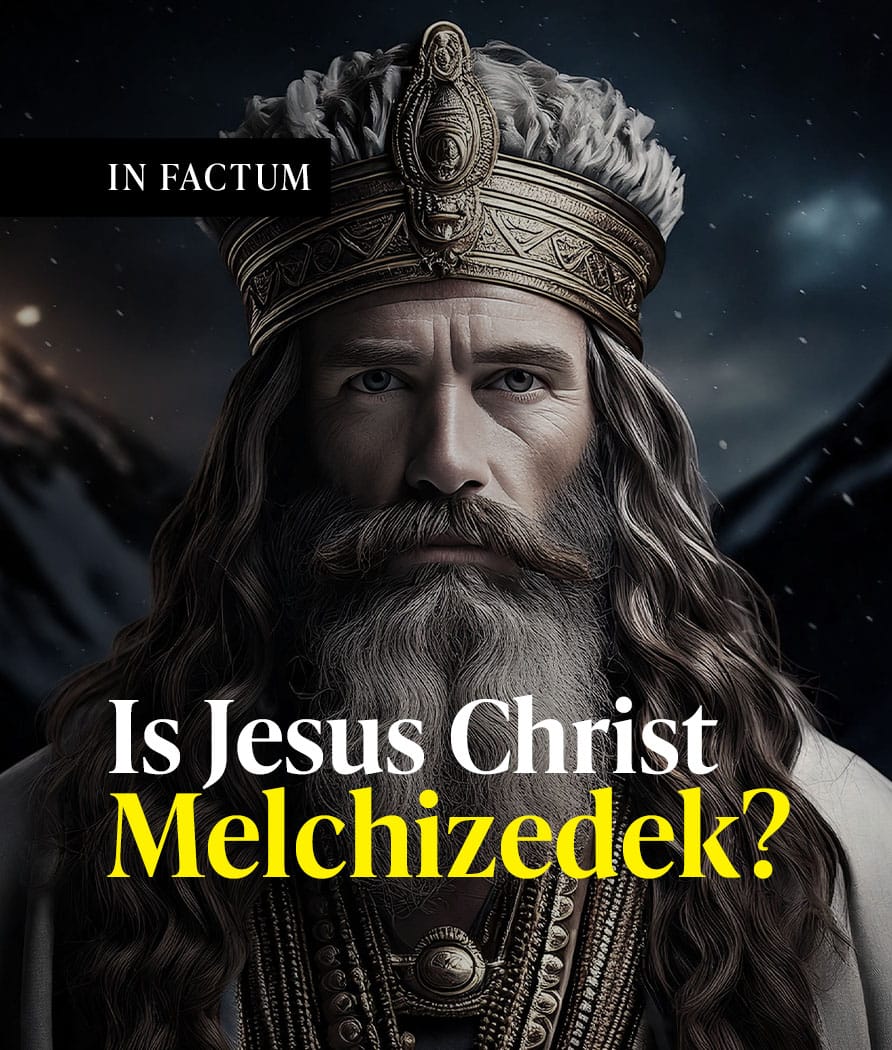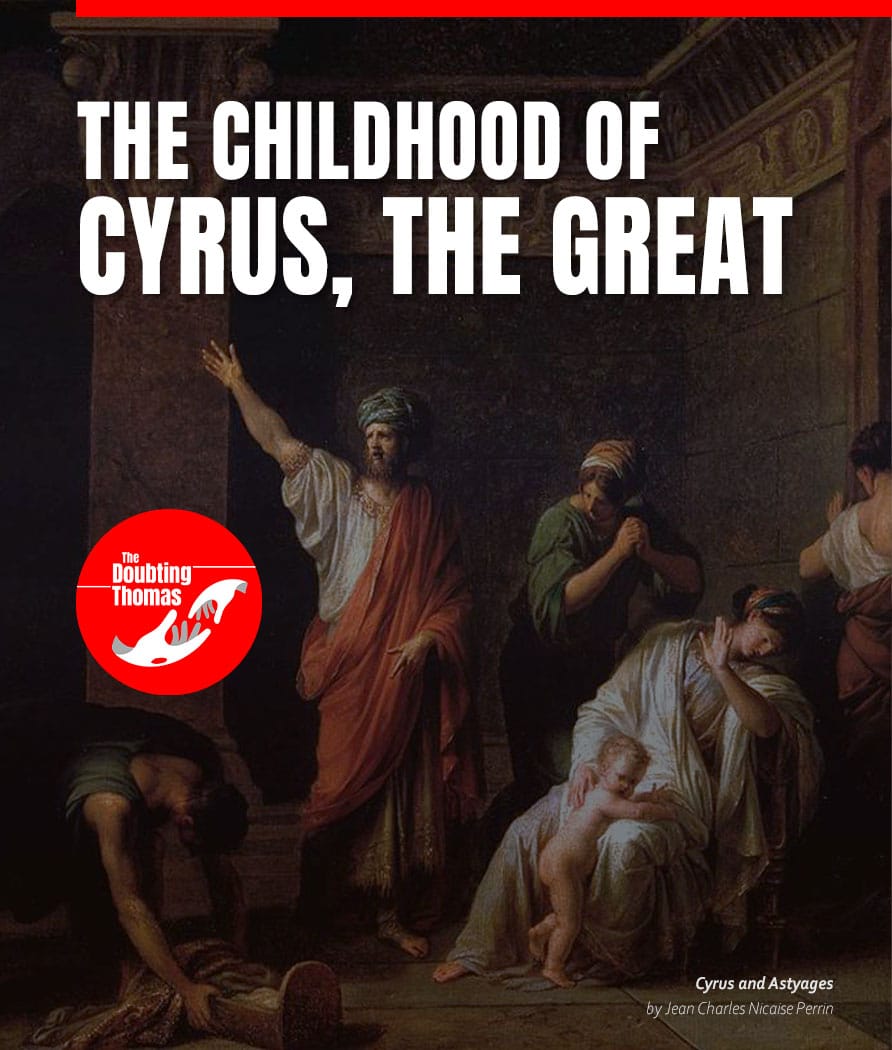Now that they are considering the more emphatic teaching of values education with the return to good manners and right conduct, it is best to restudy the beginnings of chivalry. It would perhaps be a safe guess to assume that chivalry started during the medieval times such that the modernists eschew what seems to belong to the dark ages. The present generations do not want to exemplify virtue as it would appear outdated and corny. What is modern is the free-spirited bad boy image of expressing one’s self especially in front of someone who represents authoritarian rule. It is short of saying that being conio or maldita is the vogue for young people.
Hardly, do they realize that the same barbaric tendency was in fact, the manifest behavior of our uncivilized past. As Filipinos, one should be aware that the ways of the maharlika and the maginoo are already rooted in the civilized community units of the banwa. For the peaceful communities to flourish, be it a fishing or a farming community, the people banded together as brothers who would help each other in times of need. This is where the bagani and the bayanihan or the common expression of heroism was born. But wait, our ancestors did not have horses to ride during the ancient times, so how can they be chivalrous? In some ways, this question may be right. But valor and heroism does not need horses. The ancient native of the islands even if he were a datu or lakan would not like Richard III shout in the midst of battle, “My kingdom for a horse,” for that would be too Shakespearian. He would, perhaps wielding one of his fancy-shaped blades just utter, “Bahala na!” And this would be the foreshadowing of the kundiman which echoes sighs of unrequited love such that Kung di man siya maging akin…Who needs a horse in a place so blessed that you don’t have to go far to find something to eat? It’s not therefore fatalism but rather the content in the abundance of things which made the ordinary people lacking in motivation to be more creative and inventive. Something like what Rizal called their indolence.
Can one blame the indio for having a life like that when in the ancient past, even the alipin could wear golden jewelry. But it would be different in places where the waters are only seasonal to irrigate the grains hardly stored and especially in places where there are four seasons and the folks had to hurry up on things or they will starve. Such were the conditions in the plains just below the steppes when the people started domesticating animals. First there were the sheep and the goats and the dogs to help run after them. Then the auroch and the wild horse were domesticated to start the small ranches. The herding community started to exist. The first herding communities started learning the dairy skills and community elders ensured that everyone in the village learn the trade.
But there were men from the steppes who only domesticated horses and they lacked the skills the herdsmen know. And so, they resorted to raiding the herding communities for whatever they can take including the cows. At first, the herding communities tried to defend themselves but it was very hard to be soldier and herdsman at the same time and so some elders thought of giving gifts or tributes just to avoid the harm. Thus, a new social contracting was born between the herdsmen and the raiders. The herdsmen asked that they will give goods in exchange for the protection the raiders could give against the other raiders. From this, the warrior class which are on horseback evolved. From the horsemen, the leader was chosen to be the protector of the community, the first ruling class whose duty was to be in charge of the warriors protecting the community. The hoitoi or the sacred oath was made between contracting parties. This was done with the parties passing between the halves of the bovine sacrificed and thus, the contract was made honorable by invoking the proper god to whom both parties give allegiance to.
Historically, such events actually happened both east and west of the Urals when before and during the bronze Age, the world was not yet a rivalry between the East and the West but rather between the North and the South as affected by the receding ice going northward. The northerners would usually be the raiders because the north still have fewer resources and lesser grazing lands while the South have the herders starting off with their closed communities to protect their cattle. Hence, we have the classic example: the Srubanaya herders were first raided by the Potapovka raiders until they united to form the first Aryan communities while the Andronovo herders were raided by the Sintashita raiders and formed the Indic communities. It was notable that the Sintashita have already developed the fast two-wheel chariots for their cavalry. The warrior class of these communities which rode the horses were the first cavalrymen, in other words, the first cavaliers. It would not be difficult to imagine that these warriors swear their oaths before Verethragna or Bahram who later evolved into Mithra, the sun god of Mithraism which influenced much of the Roman legions. In fact, Christianity’s rival in the Roman empire before Christianity was enforced as a state religion was Mithraism and its sacred mysteries connected with the bull (herding) as the soldiers of the Roman Legion find it befitting for a soldier to swear the gentleman’s oath of a warrior (raiding).
During the time of Marcus Aurelius, the Sarmatians were sent to form part of the auxilia cavalry to guard the Hadrian wall against the uncivilized natives. The Sarmatians like the Scythians and Alans were ancient people of Persian or Aryan descent but they are serious in taking their oaths as warriors like what knights do. In fact, it is suggested that the knights of King Arthur, if his legend was true, were influenced by the remaining Sarmatian cavalrymen, left by the Romans, in their horsemanship, combative skills and chivalric oath to God and King. Therefore, as knights in shining armor, they just were exercising their utmost positive values of defending the weak, such as helpless ladies, against villains in the kingdom. The patron saint of Britain, St. George usually portrayed as fighting the dragon is said to be a Roman centurion, in fact probably a Sarmatian auxilia as he was always portrayed on fighting the dragon on horseback.
These writers hope that the new curriculum would bring out the chivalrous virtues from the Filipino youth. Let us not be swayed by the modern idea that there are no more boy scouts around. The Filipino educator must endeavor to bring the chivalrous boy scout back through the schools rather than allowing them to grow up rogue scouting for boys.
Ricardo B. de los Santos, Ph.D.
Ramon Ramoncito Capito

